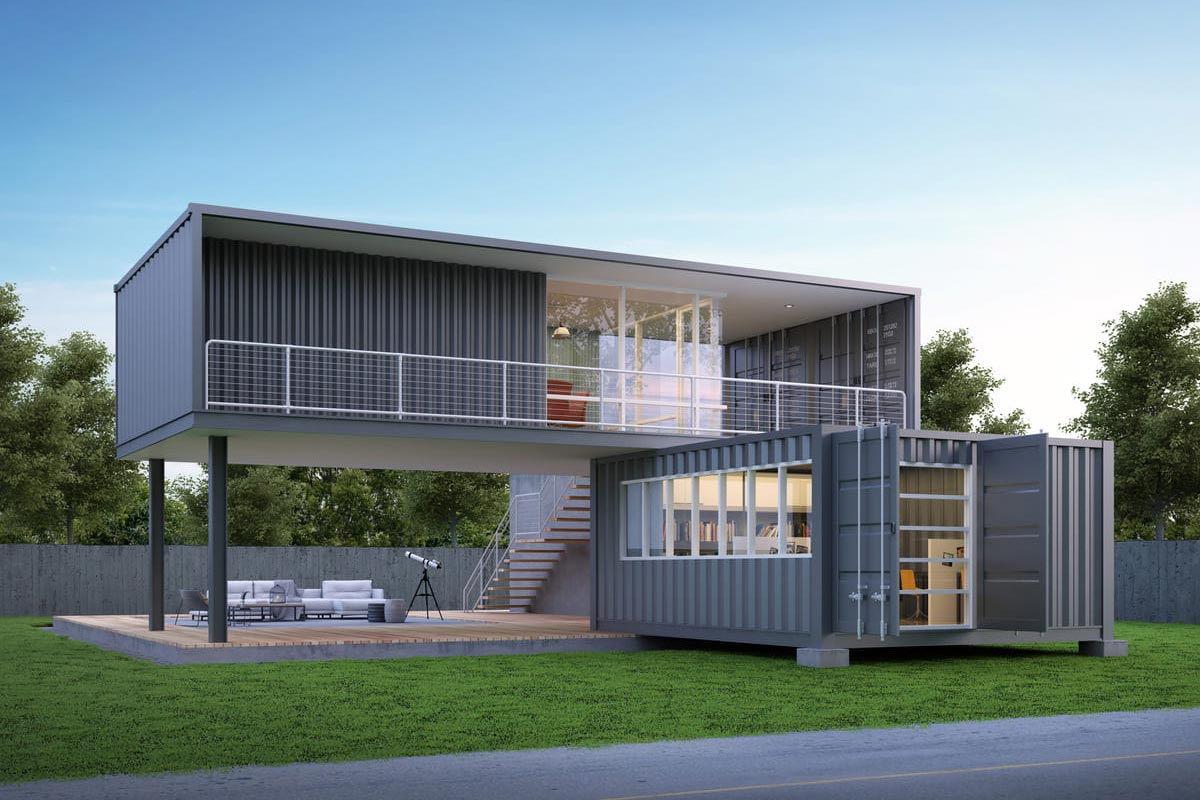
How To Transform Portable Containers Into Innovative Retail Spaces
Portable containers, once used for shipping purposes, are now being repurposed to create innovative shopping experiences.
In this article, we will understand how to transform your portable containers into unique retail spaces. Whether you are looking for a small container or a 16-man welfare unit that offers unique retail solutions, these containers prioritise sustainability and cost-effectiveness at their core.
Let’s understand a few ways in which you can transform your retail spaces with these structures.
1. Optimising Your Brand Identity
Creating a strong brand identity and aesthetic appeal is essential for any retail environment. Fortunately, with the help of portable containers your business can do all that and more. Wondering how?
Begin with a design that matches your brand’s tonality and appeals to your target audience. Additionally, to make your portable container stand out, use vivid colours and eye-catching signage that are in line with your brand’s overall design.
The interior design should maximise space while delivering a pleasant and engaging shopping experience. To improve the appeal, use ecological materials and energy-efficient lighting, thereby offering sustainable solutions for your retail experience.
Moreover, collaborating with local artists to create murals or installations can help to personalise the area and integrate it into the community.
2. Offering a Better Customer Experience
Integrating technology is essential to building an innovative retail experience for your customers. For instance, implementing digital point-of-sale systems and QR codes for product information can all contribute towards offering a dynamic and seamless shopping experience.
To further increase your value, you can integrate your portable containers with WIFI access and digital displays as these work splendidly with interactive content and promotions.
Integrating online and physical retail experiences can transform your container retail space into a cutting-edge destination.
3. Placing Them at Strategic Places
The inherent mobility of containers allows for smart placement in high-traffic areas, seasonal hotspots or even alongside events and festivals. Because of this flexibility, you can relocate your container retail space to where your clients are, allowing you to capitalise on new markets and opportunities.
Design your container with features such as folding shelves, modular furniture, and quick-connect utilities to make it easy to put up and take down. Moreover, you can partner with landowners, event organisers and local governments to acquire desirable locations.
To take things a notch further, the use of social media and location-based marketing methods can drive people to your business, establishing your brand as synonymous with innovation and adaptability.
4. Work On Community Engagement
Transforming a container into a multi-use area can add tremendous value to both the business and the community. You may attract a varied range of individuals and establish a community hub by designing the area to accommodate workshops, pop-up events, or art exhibitions.
This strategy not only boosts foot traffic but also establishes a loyal client base. Include flexible, adjustable partitions and furniture to make the room easily adaptable for diverse activities.
Partnering with local craftsmen, educators, or other businesses on events can help you expand your network and cross-promote your services. Including a small café or seating area can encourage customers to stay and interact with your company on a deeper level.
This method promotes a sense of community and belonging, transforming your retail location into a destination rather than just a store.
5. Personalised Customer Experiences Are Essential
Personalised and memorable customer experiences help boost business. Portable container stores offer the distinct advantage of creating intimate and engaging spaces that can be tailored to each customer.
Personalisation begins with understanding your customers through data gathering and analysis. This includes optimising their information on purchase history, preferences and feedback.
Use this data to arrange product offerings, tailor marketing messaging and provide personalised suggestions. Design your retail space to encourage one-on-one interactions, allowing salespeople to provide targeted advice and support.
Small, targeted spaces within the container can be used to provide private shopping experiences for customers who want exclusivity. Incorporating interactive elements, such as touchscreens, allows customers to design their items or select preferences, adding a dimension of personalisation.
To Sum It Up
Adapting portable containers into innovative retail locations demonstrates a forward-thinking response to the retail sector’s issues and prospects. These tactics respond to consumer’s changing preferences and address the critical requirement for sustainability in retail.
Portable containers can change the retail sector by providing a practical and inspiring template for success.

